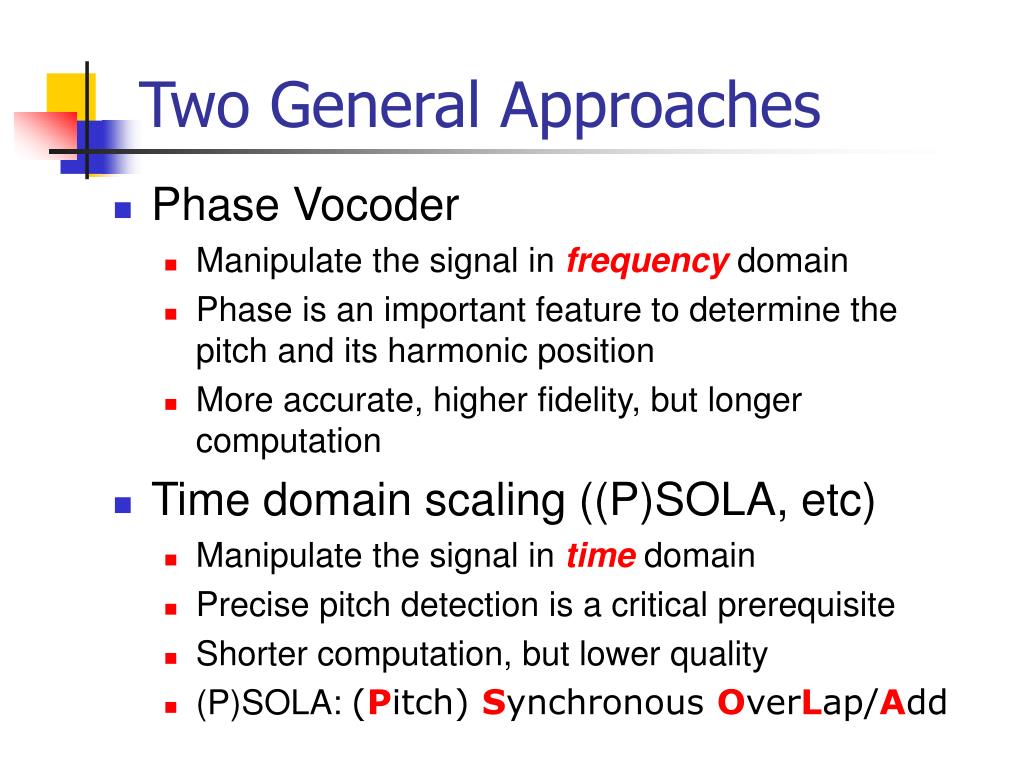

- Chipmunk basic sound example full#
- Chipmunk basic sound example code#
- Chipmunk basic sound example license#
Chipmunk basic sound example full#
To work around this, I have a separate header full of Chipmunk’s private API, chipmunk_private.h. There are many structs, fields and functions in Chipmunk that are only meant to be used internally. Most of the interesting vector operations that are possible don’t have a symbol for them anyway (at least not on a keyboard).Īnother problem for a C API is access restriction. This is a little harder to read, but works OK once you get used to it. Limitations of a C API:Ĭhipmunk does provide overloaded operators for *, +, and - (unary and binary) if you are using C++, but falls back to using functions such as cpvadd() and cpvsub() for C code. As a bonus, you’ll be helping to ensure that we can afford to continue to work on Chipmunk improvements.
Chipmunk basic sound example license#
While we do charge for Objective-Chipmunk, it will almost certainly save you more time than the small cost to license it. It integrates with the Objective-C memory model and provides a number of high level APIs that make writing physics based games for the iPhone even easier. If you are writing iPhone games using Chipmunk, you should check out the Objective-Chipmunk wrapper that we’ve developed for Chipmunk. Because Chipmunk is written in a subset of C99 it compiles cleanly as C, C++, Objective-C and Objective-C++ code, making it easy to integrate into projects in those languages. Check out the Bindings and Ports page to see if you can use Chipmunk from your language of choice. There are much more interesting and fun languages than C with all sorts of nice features like garbage collection, closures and all sorts of unique object oriented runtimes. That said, I’ve never developed a whole game in C and I probably never will. Writting Chipmunk in C made it simpler to acheive all of those goals. I also wanted Chipmunk to be fast, portable, easy to optimize and easy to debug. The one common factor between most any language is that they are usually dead simple to make bindings to C code. Depending on the month, take your pick of Scheme, OCaml, Ruby, Objective-C, OOC, Lua, Io… the list goes on. I tend to get really excited about different programming languages. Why a C Library?Ī lot of people ask me why I wrote Chipmunk in C instead of pick your favorite language here. My previous solver produced mushy piles of objects or required a large amount of CPU to operate stably. His contact persistence idea allows for stable stacks of objects with very few iterations of the solver. (Now a full fledged physics engine all it’s own: ).
Chipmunk basic sound example code#
You’ll make an indie game developer very happy!įirst of all, I would like to give a Erin Catto a big thank you, as Chipmunk’s impulse solver was directly inspired by his example code way back in 2006. If you find Chipmunk has saved you a lot of time, please consider donating. This includes top quality titles such as Night Sky for the Wii and many #1 sellers on the iPhone App Store! I’ve put thousands of hours of work over many years to make Chipmunk what it is today. For this reason it’s been used in hundreds of games across just about every system you can name. It is intended to be blazingly fast, portable, numerically stable, and easy to use.


Chipmunk Axis Aligned Bounding Boxes: cpBB.Struct Definition, Constants and Constructors:.


 0 kommentar(er)
0 kommentar(er)
